Many of the events that were taking place in 1941 were overshadowed by World War II. In other parts of the world, life continued despite the horrors of the war.
While Adolf Hitler waged war across Europe, Orson Welles’ Citizen Kane premiered on May 1st at the RKO Palace Theater, and is widely regarded as the greatest motion picture of all time. The picture was supposed to premiere at the Radio City Theater, but uproar prompted it to move to the Palace Theater. While a preview of the film received a lot of praise, Hedda Hopper, a film critic who wasn’t amused by it, suppressed it with the help of other Hollywood bigwigs. Citizen Kane was a box office flop, yet it received nine Academy Award nominations, and audience members booed Orson throughout the ceremony. Orson Welles wasn’t the only one who was experiencing problems; Henry Ford was fighting the United Automobile Workers of America and the Congress of Industrial Organizations for a long time (UAW-CIO).
This occurred after President Franklin D. Roosevelt signed the Wagner Act, which established collective bargaining to protect workers’ rights in an attempt to curb unfair business activities by companies, employees, and labour unions. Ford caved to the pressure and changed his signature on the contract on June 20th. The Wagner Act ushered in a new era for labour rights, and today practically every group of employees is represented by a union.
The war between the United States and Japan began on December 7, when over 300 Japanese aeroplanes dropped bombs at will on a US naval facility in Hawaii. The attack was motivated by the deterioration of diplomatic relations between the two countries swept up in the lunacy of the raging World War. By the time the sun set on December 7, 1941, nearly 2,000 Americans had died, with another 1,200 injured. Six months later, in the Battle of Midway, the United States replied. Time holds the solutions to the present’s unpredictability. Various sections of the world continued to live their lives despite the sad circumstances that led to the war, and it was no better than the battlefronts where other forms of violence were raging.
Continue reading to discover more about the events of 1941. (January 21, 1941) (January 24, 1941) (April 14, 1941) (May 24, 1941) (September 11, 1941) (October 31, 1941)
Mount Rushmore National Memorial was constructed in the Black Hills of South Dakota after nearly 15 years of construction; the massive sculpture contains the heads of Presidents George Washington, Thomas Jefferson, Theodore Roosevelt, and Abraham Lincoln.
photo source: wikimedia.org (December 07, 1941) (December 11, 1941)
Event 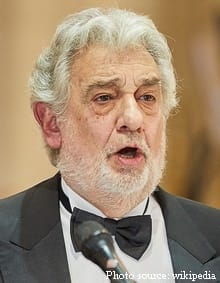
Plácido Domingo was born in Madrid, Spain, and is an operatic tenor whose voice, physical size, and theatrical talent made him one of the most popular tenors of the late twentieth and early twenty-first century. 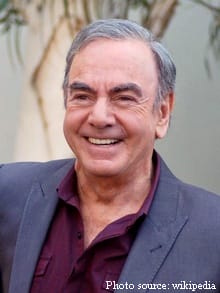
Neil Diamond, an American singer-songwriter who began his career writing pop songs for other performers before going on to have a successful solo recording career, was born.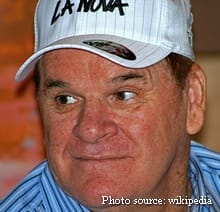
Pete Rose is an American professional baseball player who was born in Cincinnati, Ohio. He is noted for his all-around ability and passion. 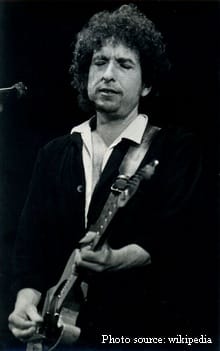
Bob Dylan, the American singer-songwriter who has been dubbed the "Shakespeare of his generation," was born in Duluth, Minnesota. 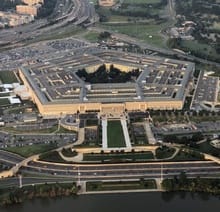
The Pentagon, the world's biggest office structure, is located in Arlington County, Virginia, and is the headquarters of the U.S. Department of Defense, which houses the Army, Navy, and Air Force.
photo source: wikimedia.org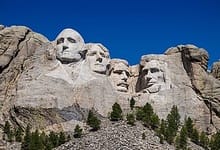
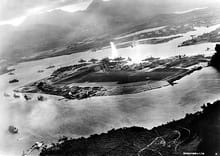
On this day in 1941, Japanese bombers conducted a surprise aerial attack on the United States naval base at Pearl Harbor on the Hawaiian island of Oahu, prompting the United States' entry into World War II.
photo source: wikimedia.org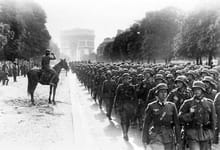
Following the American declaration of war on the Empire of Japan following the attack on Pearl Harbor, Germany and Italy declare war on the United States. To which the United States replies by declaring war on it.
photo source: wikimedia.org





GIPHY App Key not set. Please check settings